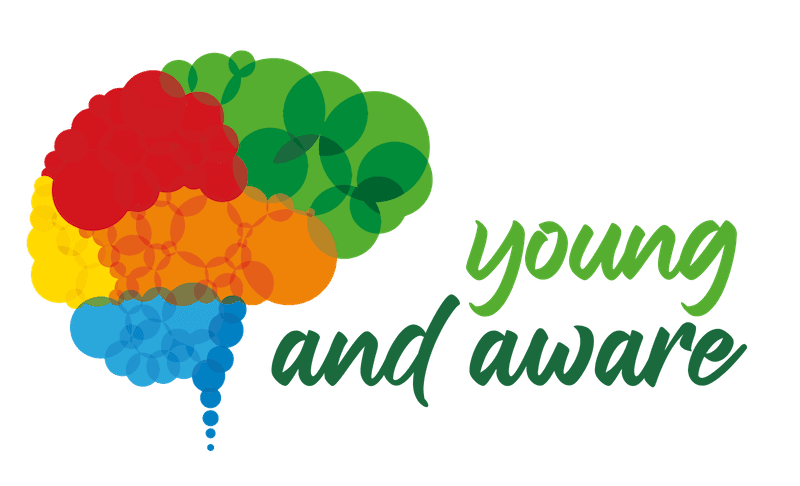These support notes help families with the commonly asked question, ‘when do we talk to our kids about sex?’ as if it’s a ‘one off’ awkward conversation about the birds and the bees. However, hypersexualised culture forces us to change our thinking. In other words, we can either be one step ahead or let culture teach our kids how to think about sex.
Perhaps there is a better way to frame it. If I want my child to have a positive attitude towards their body, sense of self and relationships, what sexualised messages do I need to counteract?
A barrage of sexual content confronts our kids daily. Regardless of how this makes us feel, either inadvertently or out of curiosity, children regularly learn (mostly unhelpful messages) about sex. Advertising, music, clothing, TV, movies and the internet offer a version of “sex education” that most intuitively know is harmful. Much of this content is objectifying–portraying people as nothing more than sex objects. Families and educators are well-positioned to offer positive alternative messages that instil value for self and respect for others.
